Trump’s ‘100-Fold Visa Fee’ Drive, with America Ultimately Bearing the Cost
Input
Modified
H-1B visa fee to soar from $1,000 to $100,000 U.S. firms to shoulder up to $14 billion annually Severe repercussions for American jobs and innovation competitiveness
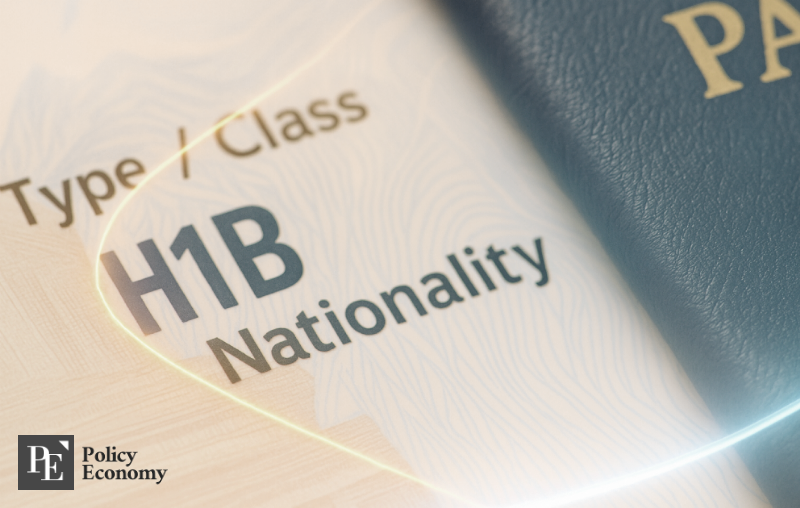
The Trump administration’s decision to raise fees for H-1B visas—used by U.S. firms to hire skilled foreign workers—by a hundredfold is sending shockwaves through American industry. Given that immigrant labor has played a pivotal role across critical sectors including technology, finance, and healthcare, the move is feared to inflict severe damage not only on prospective immigrants but also on the U.S. economy itself. Observers warn that Washington, locked in a battle with China for technological supremacy, may in fact be setting itself back. If companies avoid the burden of exorbitant fees by establishing research centers abroad or relocating operations overseas, America’s advanced technology ecosystem could face lasting setbacks.
Trump: “Foreigners Threaten American Jobs”
According to Bloomberg on the 21st (local time), President Donald Trump, alongside Commerce Secretary Howard Lutnick, signed a proclamation to raise the H-1B visa fee from the current $1,000 to $100,000. The new fee structure took effect at 12:01 a.m. on September 21. Traditionally, employers cover the cost of H-1B applications, and the administration’s intention is to sharply increase fees in order to incentivize domestic hiring.
The White House, in a fact sheet, stated, “The H-1B program undermines incentives for future American workers to pursue careers in STEM fields, thereby threatening our national security.” It added, “President Trump is imposing higher costs on companies exploiting the program to curb wage suppression and safeguard national security.”
Yet White House Press Secretary Karoline Leavitt clarified on social media platform X (formerly Twitter) on the 21st, just a day after the announcement, that “this is not an annual fee. It is a one-time fee applied only to new visa applicants,” stressing that current H-1B holders would not be required to pay $100,000 upon reentry into the United States.
This directly contradicted Secretary Lutnick’s earlier statement. On the 20th, he had repeatedly emphasized to reporters that the fee was “annual” and said companies would need to pay $100,000 each year. Citing an unnamed White House official, the Associated Press reported: “Currently, it does not apply at the time of renewal, though the policy is still under discussion.”
Blocking the Path to Technological Leadership
The White House’s retreat appears driven by the chaos that erupted among U.S. tech firms and financial institutions—heavily reliant on immigrant professionals—immediately after the announcement. Microsoft, JP Morgan, Amazon, and Goldman Sachs reportedly urged employees on professional visas to remain in the U.S., warning that staying put was crucial to avoid reentry complications. Employees abroad were instructed to return within two days.
According to Department of Homeland Security data cited by the Financial Times (FT), 141,000 new H-1B visas were issued last year. If issuance remains similar next year, U.S. employers would collectively pay $14 billion, at $100,000 per visa.
Economists warn that America’s ability to attract world-class talent—and thereby its global competitiveness—will inevitably suffer. Adam Kovacevich, CEO of the tech industry coalition Chamber of Progress, told the New York Times on the 21st: “This decision will affect U.S. competitiveness in artificial intelligence. It is akin to fighting China in the AI war with one hand tied behind our back. The world’s top AI talent pool is limited, and many come from abroad.”
Commerce Department figures show that India and China are the largest sources of H-1B recipients, accounting for 83% of approvals last year (India 70%, China 13%). Data from U.S. Citizenship and Immigration Services (USCIS) further reveal the firms most dependent on H-1B visas: Amazon (10,044 employees), Tata Consultancy (5,505), Microsoft (5,189), Meta (5,123), Apple (4,202), and Google (4,181). The uproar among big tech firms stems directly from this reliance.
Experts also underscore that, under sound policy conditions, expanding H-1B visas actually generates net economic and employment gains for America. As more highly skilled foreign workers settle in the U.S., collaboration with domestic employees multiplies, sparking new industries and job creation. Yet the reality is moving in the opposite direction. Under the sway of economic nationalism, protectionism, and tighter regulation, the H-1B pathway is narrowing and cost barriers are rising. Some warn that “contrary to the administration’s intent, the greatest victims of this measure may paradoxically be American workers themselves.”
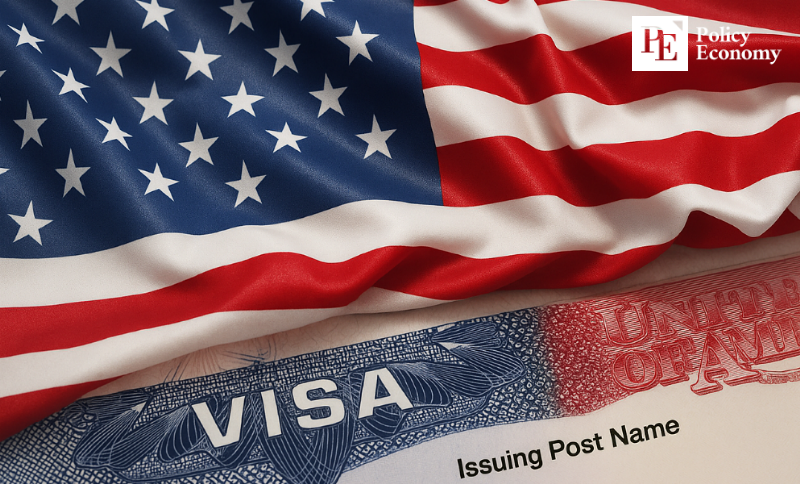
Fears of Accelerated Corporate Relocation Abroad
Meanwhile, countries like Canada and those in Europe anticipate windfall gains. With U.S. firms cutting back on hiring foreign professionals, talent flows may naturally shift elsewhere. On the 21st, Goldy Hyder, president of the Business Council of Canada, told Reuters: “Canada must redouble efforts to attract the skilled workers we urgently need,” framing the U.S. move as an opportunity. Alex Tapscott, managing director at Toronto-based Ninepoint Partners, added: “Changes to U.S. visas could make Canada the preferred destination for global talent. America’s loss may be Canada’s gain.”
European tech firms share this view. Adrien Nussenbaum, co-founder and co-CEO of French tech unicorn Mirakl, said: “We see the surge in H-1B visa fees as an enormous opportunity for European technology. We can make Europe more attractive for highly skilled professionals, bolster our recruitment capabilities, and solidify our continent as a hub of innovation and competitiveness.”
India and China are also expected to reap significant benefits. With the U.S. pathway effectively blocked, global firms may choose to source talent directly in India and China rather than rely on an expensive American visa process. The H-1B remains the only practical route for highly skilled foreigners to work long-term in the United States. Now, companies face unenviable choices: pay prohibitive fees, struggle to replace unavailable foreign talent domestically, or accelerate offshore hiring. In every case, the burden weighs heavily on U.S. industry. The policy designed to spur domestic employment may, ironically, hasten corporate flight abroad.
China could even absorb India’s skilled workforce. Long troubled by “brain drain,” Beijing now anticipates a reversal into “brain gain.” Through programs like the “Thousand Talents Plan” and “Made in China 2025,” China has poured vast resources into cultivating domestic and foreign expertise, yet struggled with outflows of top talent. Trump’s new “talent wall” is now seen as an opportunity to expand its talent pool.


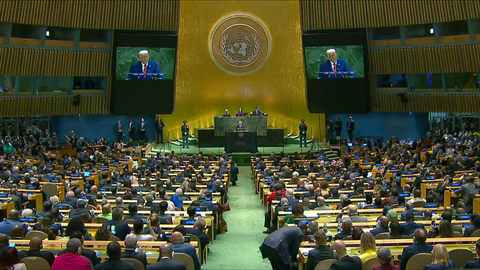
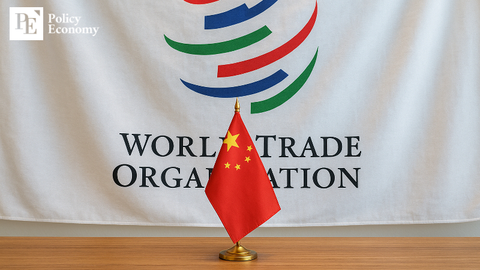

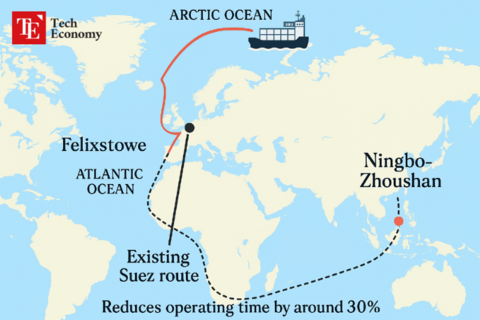
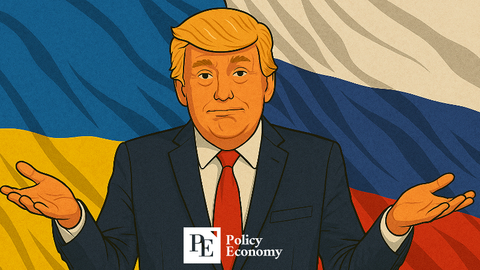


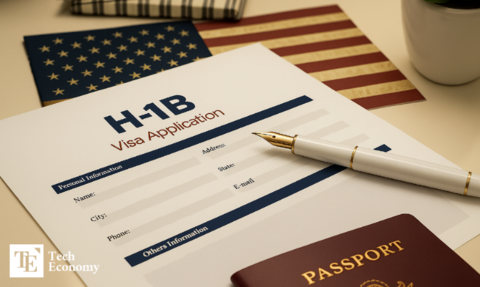












Comment